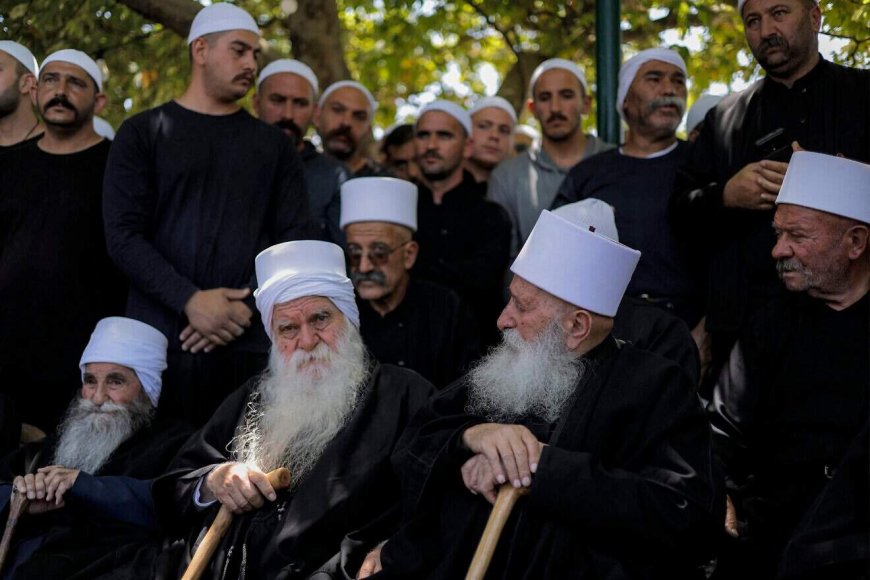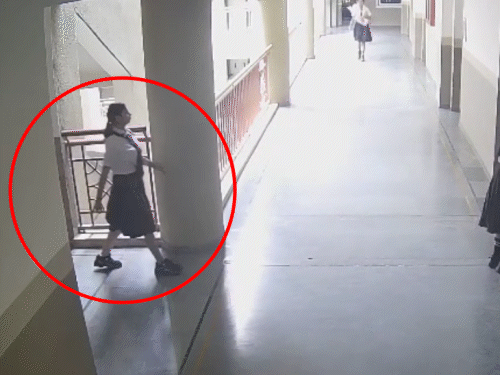Syrian Druze Autonomy Struggles Shake Regional Politics and Test U.S. Allies
The Druze struggle for autonomy in southern Syria has reignited with recent violence, posing new challenges for U.S. allies and reshaping foreign policy debates in the Middle East.

The recent flare-up of violence in southern Syria has drawn fresh attention to the Druze community’s centuries-old struggle for autonomy, raising new challenges for U.S. foreign policy in the Middle East. The Druze, a religious minority concentrated in the mountainous region of Suwayda, have long resisted central control while seeking to preserve their identity and political independence. Today, their efforts intersect with broader geopolitical rivalries that include the United States, Russia, and Iran.
A Legacy of Resistance
The Druze have a storied history of defending their autonomy, tracing back to the Ottoman Empire and later under the French Mandate. Their community, known for its tightly knit traditions and distinct faith practices, has often resisted assimilation by larger political powers. In modern Syria, Druze leaders have navigated a precarious balance, cooperating at times with Damascus while also demanding local self-rule.
The latest unrest in Suwayda, where anti-government protests turned violent, reflects frustration over deteriorating economic conditions, conscription pressures, and the central government’s heavy hand. Residents say the Syrian state has failed to provide basic services, leaving local councils and Druze elders to manage community affairs.
Strategic Implications for U.S. Policy
For the United States, the Druze struggle carries strategic significance. Washington has backed Kurdish-led groups in northeast Syria, but unrest in Druze areas complicates efforts to stabilize the region. The U.S. has long maintained that minority protection is essential to any lasting peace settlement, yet direct involvement in Druze affairs risks widening the scope of American commitments in Syria.
Regional analysts warn that instability in Druze strongholds could undermine U.S. allies in Jordan and Israel. The Druze maintain cross-border ties, and their political fortunes often reverberate in the Golan Heights and northern Jordan. A surge in violence could also embolden extremist factions seeking to exploit weakened state authority.
According to a policy brief from the Carnegie Middle East Center, the Druze question is increasingly tied to the “fragmentation of the Syrian state,” with implications for both U.S. and Russian policy maneuvers. While Moscow continues to support President Bashar al-Assad, Washington faces pressure to address minority grievances without committing to another open-ended conflict.
Local Voices Amid Crisis
Many Druze residents emphasize that their fight is not about overthrowing the state but about safeguarding local decision-making and economic survival. Community leaders point to worsening poverty and unemployment as catalysts for protest, with Syria’s broader economic collapse fueling resentment against Damascus.
“The Druze have always valued independence,” said a community organizer from Suwayda. “We are not asking for weapons or conflict, but for respect for our rights and the ability to govern our own affairs.”
This perspective highlights the enduring tension between autonomy and central authority in Syria, a dynamic that has shaped the country’s modern history.
The Regional Ripple Effect
Beyond Syria’s borders, the Druze issue resonates with U.S. allies in the region. In Israel, where Druze citizens serve in the military and maintain a unique position within society, the community watches events in Syria with caution. In Lebanon, Druze factions led by traditional political families like the Jumblatts remain wary of Syria’s instability spilling across the border.
For Washington, the challenge lies in balancing commitments: supporting minority rights while avoiding steps that could be perceived as carving Syria into separate zones of control. Analysts caution that if the Druze autonomy movement intensifies, it could set a precedent for other Syrian communities seeking greater independence, further complicating peace efforts.
Looking Ahead
The future of Syria’s Druze autonomy struggle remains uncertain. Much will depend on Damascus’s willingness to accommodate local demands, as well as on the broader international response. For the United States and its allies, the stakes are high: neglecting minority grievances risks fueling instability, but deeper involvement could draw Washington into another long and costly regional entanglement.
What is clear is that the Druze, once again, find themselves at the center of a regional debate that extends far beyond their mountain enclaves. Their push for autonomy not only reflects centuries of resilience but also serves as a test case for how the international community handles Syria’s fragmented future.
What's Your Reaction?
 Like
0
Like
0
 Dislike
0
Dislike
0
 Love
0
Love
0
 Funny
0
Funny
0
 Angry
0
Angry
0
 Sad
0
Sad
0
 Wow
0
Wow
0








































































